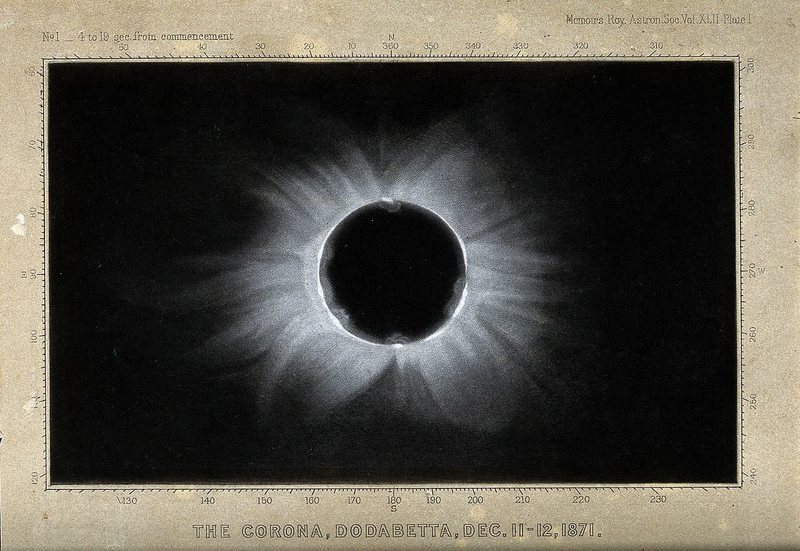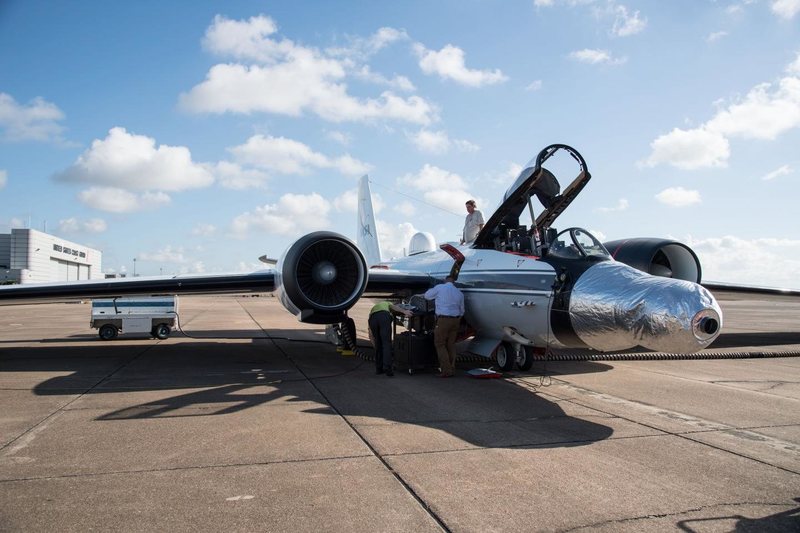
A lot of space science relies on waiting for things to be just right—for planets to align, for the night sky to be dark enough. The solar eclipse that will be visible from the U.S. on August 21 is no different.
Scientists have been planning experiments for years that can only be done during the brief period when the moon is completely blocking the sun.The sun’s outer atmosphere, the planet Mercury, and even our own planet will all be studied by scientists who plan to position themselves along the path of totality. Here are some of the projects astronomers, physicists, and ordinary citizens will be working on later this month.
The Sun’s Corona
While we can see sunspots and other surface phenomena thanks to filters on telescopes and cameras, we still have a lot to learn about the nuclear fireball at the center of our solar system. The sun’s atmosphere, known as the corona, is particularly difficult to study because the sun is so bright. Scientists can create a sort of artificial eclipse to study the corona, but the total eclipse is a special opportunity because the innermost layers of the corona will be visible. Scientists have some unique experiments planned, and the data they collect could help predict future space weather that can affect us here on Earth.

Both satellites and scientists on Earth will be taking images of the sun’s corona during the eclipse, but they’ll be capturing more than just regular visible light.
Scientists are interested in X-rays emitted by the sun, and images of a broad spectrum of light will show its magnetic field. Telescopes mounted on the noses of two of NASA’s WB-57 jets will try to capture small explosions, called nanoflares, that are believed to help heat up the corona.The telescopes will also take the first thermal images of Mercury’s surface. In order to get the clearest images, the two jets will fly along the path of totality at a speed of 470 miles per hour, and an altitude of 50,000 feet. They’ll only be in the moon’s shadow for roughly eight minutes, but that’s enough time for the two instruments to collect valuable data. Another plane, a Gulfstream V owned by the National Science Foundation and the National Center for Atmospheric Research, will fly with the…
The post The Unique Science Experiments Planned for the Eclipse appeared first on FeedBox.